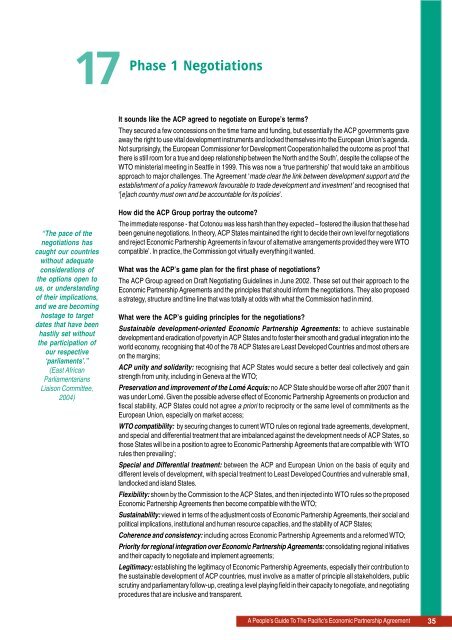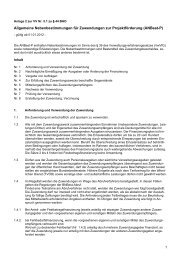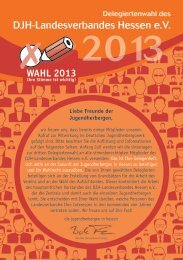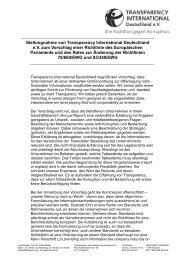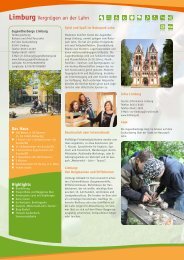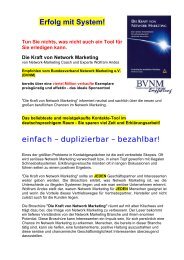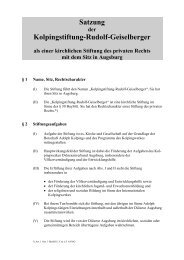REPA Booklet - Stop Epa
REPA Booklet - Stop Epa
REPA Booklet - Stop Epa
You also want an ePaper? Increase the reach of your titles
YUMPU automatically turns print PDFs into web optimized ePapers that Google loves.
17<br />
Phase 1 Negotiations<br />
It sounds like the ACP agreed to negotiate on Europe’s terms?<br />
They secured a few concessions on the time frame and funding, but essentially the ACP governments gave<br />
away the right to use vital development instruments and locked themselves into the European Union’s agenda.<br />
Not surprisingly, the European Commissioner for Development Cooperation hailed the outcome as proof ‘that<br />
there is still room for a true and deep relationship between the North and the South’, despite the collapse of the<br />
WTO ministerial meeting in Seattle in 1999. This was now a ‘true partnership’ that would take an ambitious<br />
approach to major challenges. The Agreement ‘made clear the link between development support and the<br />
establishment of a policy framework favourable to trade development and investment’ and recognised that<br />
‘[e]ach country must own and be accountable for its policies’.<br />
“The pace of the<br />
negotiations has<br />
caught our countries<br />
without adequate<br />
considerations of<br />
the options open to<br />
us, or understanding<br />
of their implications,<br />
and we are becoming<br />
hostage to target<br />
dates that have been<br />
hastily set without<br />
the participation of<br />
our respective<br />
‘parliaments’.”<br />
(East African<br />
Parliamentarians<br />
Liaison Committee,<br />
2004)<br />
How did the ACP Group portray the outcome?<br />
The immediate response - that Cotonou was less harsh than they expected – fostered the illusion that these had<br />
been genuine negotiations. In theory, ACP States maintained the right to decide their own level for negotiations<br />
and reject Economic Partnership Agreements in favour of alternative arrangements provided they were WTO<br />
compatible’. In practice, the Commission got virtually everything it wanted.<br />
What was the ACP’s game plan for the first phase of negotiations?<br />
The ACP Group agreed on Draft Negotiating Guidelines in June 2002. These set out their approach to the<br />
Economic Partnership Agreements and the principles that should inform the negotiations. They also proposed<br />
a strategy, structure and time line that was totally at odds with what the Commission had in mind.<br />
What were the ACP’s guiding principles for the negotiations?<br />
Sustainable development-oriented Economic Partnership Agreements: to achieve sustainable<br />
development and eradication of poverty in ACP States and to foster their smooth and gradual integration into the<br />
world economy, recognising that 40 of the 78 ACP States are Least Developed Countries and most others are<br />
on the margins;<br />
ACP unity and solidarity: recognising that ACP States would secure a better deal collectively and gain<br />
strength from unity, including in Geneva at the WTO;<br />
Preservation and improvement of the Lomé Acquis: no ACP State should be worse off after 2007 than it<br />
was under Lomé. Given the possible adverse effect of Economic Partnership Agreements on production and<br />
fiscal stability, ACP States could not agree a priori to reciprocity or the same level of commitments as the<br />
European Union, especially on market access;<br />
WTO compatibility: by securing changes to current WTO rules on regional trade agreements, development,<br />
and special and differential treatment that are imbalanced against the development needs of ACP States, so<br />
those States will be in a position to agree to Economic Partnership Agreements that are compatible with ‘WTO<br />
rules then prevailing’;<br />
Special and Differential treatment: between the ACP and European Union on the basis of equity and<br />
different levels of development, with special treatment to Least Developed Countries and vulnerable small,<br />
landlocked and island States.<br />
Flexibility: shown by the Commission to the ACP States, and then injected into WTO rules so the proposed<br />
Economic Partnership Agreements then become compatible with the WTO;<br />
Sustainability: viewed in terms of the adjustment costs of Economic Partnership Agreements, their social and<br />
political implications, institutional and human resource capacities, and the stability of ACP States;<br />
Coherence and consistency: including across Economic Partnership Agreements and a reformed WTO;<br />
Priority for regional integration over Economic Partnership Agreements: consolidating regional initiatives<br />
and their capacity to negotiate and implement agreements;<br />
Legitimacy: establishing the legitimacy of Economic Partnership Agreements, especially their contribution to<br />
the sustainable development of ACP countries, must involve as a matter of principle all stakeholders, public<br />
scrutiny and parliamentary follow-up, creating a level playing field in their capacity to negotiate, and negotiating<br />
procedures that are inclusive and transparent.<br />
A People’s Guide To The Pacific’s Economic Partnership Agreement 35


